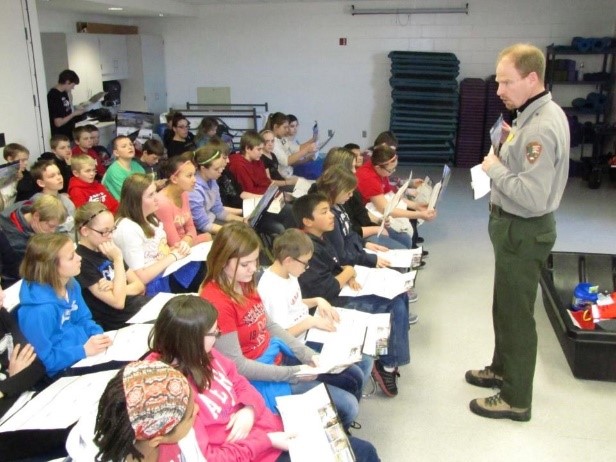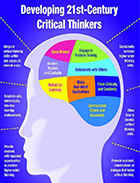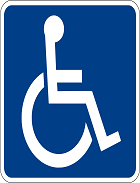Round-table discussion or the Harkness Method
Round-table discussion or the Harkness Method
Modern education has undergone a lot of transformation and has shifted from a  more than just a lecture. It involves newer methods like discussions, debates, presentations and other activities. Discussions form an important part of the classroom. They help in developing cognitive skills in the students. teacher centric learning to a student centric learning. The present-day education is
more than just a lecture. It involves newer methods like discussions, debates, presentations and other activities. Discussions form an important part of the classroom. They help in developing cognitive skills in the students. teacher centric learning to a student centric learning. The present-day education is
 more than just a lecture. It involves newer methods like discussions, debates, presentations and other activities. Discussions form an important part of the classroom. They help in developing cognitive skills in the students. teacher centric learning to a student centric learning. The present-day education is
more than just a lecture. It involves newer methods like discussions, debates, presentations and other activities. Discussions form an important part of the classroom. They help in developing cognitive skills in the students. teacher centric learning to a student centric learning. The present-day education is Discussion as a classroom activity has been around for quite some time but has gained popularity only in the recent years. The concept relates to a term called ‘Harkness Method’, developed by Edward Harkness in 1930s. Edward was born on 22 January 1874, in Cleveland. He was often known as a philanthropist who made gifts to Yale, Harvard, Cornwell and numerous other colleges. His experiences at St. Paul’s and Yale shaped his thinking about education and encouraged him to come up with a new approach to education which shaped the learning methodologies in the classroom.
The Harkness method is a form of learning/teaching that does not involve any lecture. This method was developed to kindle curiosity, encourage learning and develop respect and acceptance. In the method, students are encouraged to develop ideas around a topic, ask questions and share their knowledge.
Features
Harkness method, a form of round-table discussion, has many features which makes it an effective learning tool. Some of the features are:
-
Maximum student participation Harkness method ensures maximum student participation as this method encourages students to share their thoughts and ask question on the topic.
-
Discussion based learning This method involves classroom discussions where students share their thoughts on a topic.
-
Platform for sharing ideas Harkness method acts like a brainstorming session where each student shares their thoughts or questions on a topic.
-
Requires individual preparation This method works most effectively when the students come prepared for the class. Teachers explain the topic and give students time to peruse and question based on which the discussion takes place.
-
A two-way learning The Harkness method is a two-way learning approach where students not only learn from the teacher, but also from each other.
Advantages
Enhancement of skills and personal development are some of the benefits of introducing the Harkness method in the classroom. The other advantages of this method are:
-
Provides an opportunity for students to think and question The very idea behind the Harkness method is to provide an opportunity to each student, to share their thoughts and ideas.
-
Aids in the development of various other skills Discussion-based learning helps in the development of various other skills like confidence, public speaking, respect for the ideas shared by others and listening skills
-
Student-centric Harkness method focuses on the students and the learning is typically student-centric. This comes as a development over the traditional methods that were teacher-centric.
-
Boosts confidence Discussions in class boosts confidence in the students and develops public speaking skills.
-
Encourages the students to think Questions posed by teachers and peers encourages the students to think and not resort to rote learning. Thinking develops the cognitive skills
Disadvantages
Despite offering various benefits, the method, like many other has certain drawbacks. They are:

-
Time consuming The procession of discussion is time consuming. Each student has to be given a chance to talk and share his/her thoughts.
-
Classroom setup needs to be modified to suit the requirement of Harkness method works well for a roundtable set-up. The classroom set up in most of the schools does not prove effective for this method. Harkness method
-
Becomes difficult when the group is large This method works great when the number of student is lesser than 20. A class with more number of students makes it difficult to hear out all the students.
-
Few students may find it difficult Few students may find it difficult to understand the concept of Harkness method, and this may make the method ineffective. Sometimes, students may find it difficult to talk in the presence of many other students, for the fear of being wrong.
-
Can lead to arguments among students A discussion often involves different views on a given topic. Contradictor views may lead to arguments among the students.
Roles students play in a Harkness setting:
Being a student centric approach, the Harkness method has the students playing various roles like –
-
Moderator
A moderator can be a teacher or a student who introduces the topics, organises the flow of conversation and asks inputs from other persons.
-
Participant
The students taking part in the discussion are called as participants.
-
Observer
An observer is a student/teacher who monitors the discussion.
-
Note-taker

A student usually plays the role of a note-taker by writing down points discussed during the discussion.
Guidelines for Harkness method:
Harkness method has some rules, to make it effective in the classroom –
-
Listening to each speaker Students should listen to each other. When a participant is sharing his/her ideas, it is best for others to listen without interrupting the flow of thought.
-
Sticking to the context Often, a discussion may take the topic to a different context. It should be taken care that the discussion sticks to the topic.
-
Taking turns to speak Students should be asked to take turns while talking, to allow other students to talk.
-
Cooperation and coordination Discussions work best when there is cooperation among the participants.
-
Sticking to polite disagreements Any discussion is bound to have disagreements. Students should stick to polite disagreements rather than an aggressive disagreement.
Edward Harkness laid the foundation for the modern-day group discussion. The Harkness method is not only used in classroom but in various areas of discussion like meetings and conferences. Despite having its share of drawbacks, this method is effective for idea generation and sharing opinions.





















